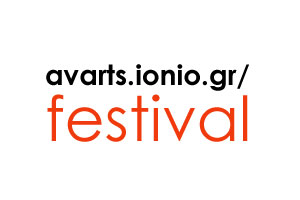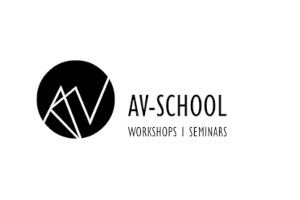Cultural Heritage and Virtual Reality: The Use of Virtual Reality Tools in Museums and Cultural Centres
The Case of the Oracle of Dodona
This paper examines the transformative role of Virtual Reality (VR) in the preservation, interpretation, and dissemination of cultural heritage, particularly through the use of serious games as educational and immersive tools. By integrating interactive storytelling, gamification, and immersive environments, VR provides an unprecedented opportunity for users to engage with historical and archaeological sites. The case study of the Oracle of Dodona exemplifies how digital technology enables access to heritage sites that no longer exist in their original form due to time, decay, or human intervention. Through digital reconstruction, users can explore and experience these spaces, gaining insights into their history and cultural significance.
The Oracle of Dodona VR experience, developed using Unity and Spatial, transports users to the ancient sanctuary, allowing them to navigate the temple grounds, interact with historical artifacts, and witness simulated oracle rituals. This reconstruction not only revives an important religious and cultural site of ancient Greece but also serves as an interactive educational tool, enhancing historical knowledge and fostering deeper engagement. Users experience dynamic soundscapes and responsive interactive elements, creating a multisensory learning environment that engages them beyond mere exploration.
A central component of this study is the analysis of serious games and their impact on digital cultural heritage. Through game mechanics and interactive storytelling, serious games shift passive observation to active participation, enhancing engagement and knowledge retention. In the Oracle of Dodona VR experience, interaction transcends exploration—users engage in brief, gamified interactions with key archaeological artifacts. These elements encourage users to attentively explore the site, reinforcing historical learning through discovery. Additionally, the multiplayer feature of Spatial enables collaborative exploration in real-time, fostering deeper engagement with the historical context and narrative.
In interactive VR spaces, the camera dynamically adapts to the user’s interaction with the environment. It not only tracks the user’s movement but also responds to unexpected developments, enhancing the immersive experience. Users are free to navigate and engage with the space, facilitating an interactive sense of presence. The virtual environment, combining natural landscapes, architectural elements, and historical data, amplifies the atmosphere and the sense of "experiential time" of the ancient world. This immersive experience is further enriched by elements that blend exploration with educational processes, creating a powerful, participatory form of learning. Unlike traditional presentation methods, such as videos or static reconstructions in museums, VR offers a dynamic, active interaction with the site. The integration of cinematic elements and narrative further enhances the experience, making it more engaging and educational through play and interaction with historical objects.
Ensuring historical accuracy is critical. While serious games aim for entertainment, VR experiences must also convey accurate historical information. Collaboration with archaeologists and historians ensures that digital reconstructions are not only engaging but also historically authentic. This approach creates immersive environments that reflect real historical contexts, enriching the educational value of VR projects and preserving the integrity of cultural heritage, ensuring that entertainment does not overshadow historical accuracy.
Ultimately, this study highlights the potential of VR as a powerful medium for cultural preservation, education, and public engagement. As technology evolves, serious games and VR applications will play an increasingly important role in democratizing access to cultural heritage, ensuring that ancient sites remain accessible to future generations. The Oracle of Dodona case study serves as a prototype for how virtual reconstructions can bridge the gap between the past and the present, offering immersive, interactive, and educational experiences that extend beyond traditional methods of historical interpretation.
Christina Chatzimichailidou is a multimedia artist working at the intersection of XR environments, interactive installations, and performance. Her practice explores the liminality between physical and digital landscapes, focusing on themes of embodiment, perception, and collective experience. With a background in visual arts and experimental scenography, she has developed immersive projects that merge spatial computing, audio-reactive environments, and performative interactions. She has presented her work at art and media festivals and institutions such as MOMus - Experimental Arts Centre, Athens Digital Arts Festival, Audiovisual Arts Festival - Corfu, and the Biennale of the Schools of Fine Arts of Greece at Katsigras Museum, as well as collaborated with independent spaces like FABLAB Ioannina, fostering cross-disciplinary dialogues. Her research is driven by a fascination with visual structures and non-linear storytelling, crafting experiences where audiences navigate shifting realities, exploring agency within immersive ecosystems.
Back





